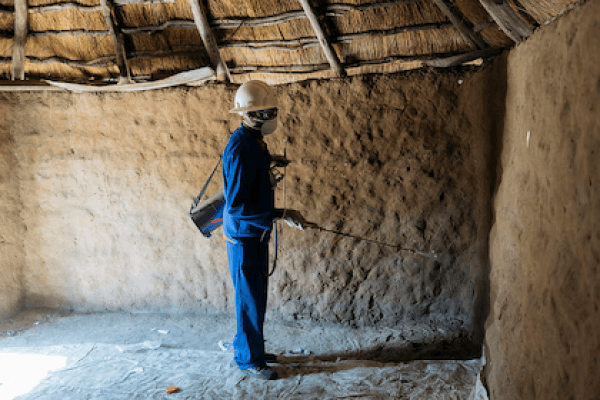Strategies that treat households in the broad vicinity of a recent malaria case with anti-malarial drugs, insecticides, or both could significantly reduce malaria in low-transmission settings, a challenge with approaches currently in use, a study led by UT Southwestern scientists suggests. The findings, published in the April 25, 2020, The Lancet, could bring efforts to eradicate malaria worldwide closer to fruition.
Malaria, a mosquito-borne disease that annually infects more than 200 million people and kills nearly 400,000, used to exist in almost every inhabited location on Earth. However, explains Michelle S. Hsiang, M.D., a Horchow Family Scholar in Pediatrics at UT Southwestern Medical Center, tremendous strides have been made in efforts to eliminate malaria in countries and worldwide, which accelerated in the early 2000s with the aid of more intensive efforts and new tools such as drugs and insecticide-treated bed nets.
Although many countries are very close to completely eradicating malaria, it continues to linger at low levels in some locations, emerging as outbreaks with the rainy season every year. The strategies that have been successful at decreasing malaria in high-transmission settings don’t work as well in these low-transmission ones, says Hsiang, assistant professor of pediatrics.
Read more at UT Southwestern Medical Center
Image: A sprayer applies one of the study interventions, reactive focal vector control (RAVC) with pirimiphos-methyl insecticide, on indoor walls of sleeping structures, to repel and kill mosquitoes in a Zambezi village in 2017. CREDIT: UT Southwestern Medical Center


